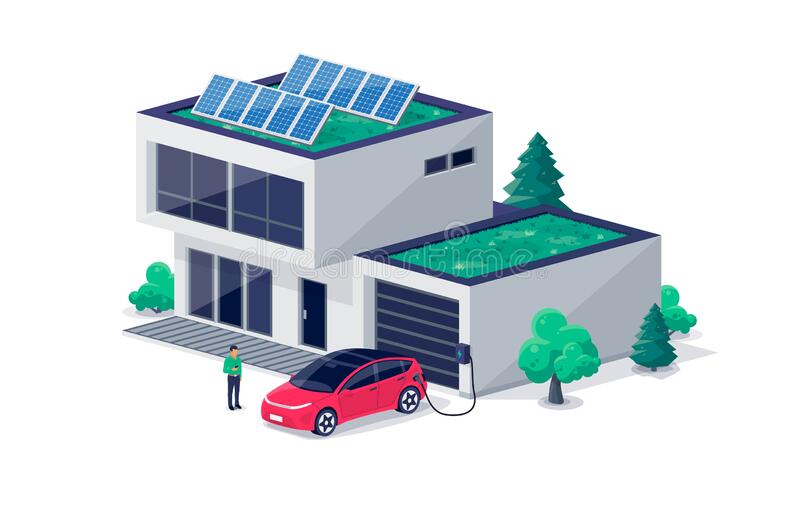Discover why smaller establishments can opt for non-internet-based chargers, offering a cost-effective and convenient solution for their electric vehicle charging needs.
Public Chargers & Your EV Warranty: Dispelling the Myth
Debunk the common misconception that using third-party or public chargers can affect your electric vehicle’s warranty, and learn how to charge your EV worry-free.
Electric Vehicle Charging Etiquette: Tips for Sharing Charging Stations in India
Learn the dos and don’ts of electric vehicle charging etiquette to ensure a positive and harmonious experience for all EV users at public charging stations in India.
Zevpoint Swift Pro EV Charger: The Ultimate Charging Solution for Electric Vehicle Owners
exceptional product that delivers both convenience and top-notch performance at an unbeatable price
Embracing Sustainability: Integrating EV Charging Stations into Green Building Design

In recent years, the demand for electric vehicles (EVs) has surged exponentially, fueled by increasing environmental awareness and a desire for a more sustainable lifestyle. As we transition to a greener future, integrating EV charging stations into green building design is an essential step towards truly embracing an eco-friendly lifestyle. In this blog post, we’ll explore the importance of incorporating EV charging infrastructure into sustainable architecture and discuss the benefits for building owners, occupants, and the environment.
The Green Building Revolution: Green building design has emerged as a key element in combating climate change and reducing our environmental footprint. Sustainable architecture focuses on energy efficiency, water conservation, and the use of eco-friendly materials, but the integration of EV charging stations takes it a step further, fostering cleaner transportation solutions and improving air quality.
Benefits of Integrating EV Charging Stations:
- Attract eco-conscious tenants and customers: By offering on-site EV charging facilities, green building owners can cater to the increasing number of environmentally-minded individuals who prioritize sustainable living and prefer establishments that share their values.
- Enhance property value: EV charging stations can be a valuable asset for property owners, as they can increase the desirability and competitiveness of the property, ultimately contributing to a higher market value.
- Contribute to LEED certification: Integrating EV charging stations into green building designs can help achieve LEED certification points, a globally recognized green building rating system, which can further enhance the reputation of the property.
- Reduce carbon footprint: By facilitating the use of electric vehicles, EV charging stations contribute to lower greenhouse gas emissions and improved air quality, ultimately helping to combat climate change.
- Support renewable energy integration: When paired with solar panels or other renewable energy sources, EV charging stations can offer a truly sustainable solution for transportation, reducing reliance on fossil fuels and promoting a greener future.
Design Considerations for Integrating EV Charging Stations: To effectively incorporate EV charging stations into green building design, here are some key considerations:
- Location: Identify accessible and convenient locations for charging stations within the property, such as in the parking lot or garage. Consider the available space, visibility, and ease of installation.
- Infrastructure: Ensure that the building’s electrical system can support the charging station’s power requirements. Plan for potential future expansion as the demand for EV charging grows.
- Charging speed: Evaluate the charging speed options, including Level 1, Level 2, and DC Fast Charging, to select the most appropriate solution based on the needs of the building’s occupants and visitors.
- Cost and incentives: Research available grants, tax credits, and other incentives for installing EV charging stations, which can help offset the initial investment.
- Safety and accessibility: Ensure that charging stations comply with local regulations and are ADA-compliant, offering a safe and accessible environment for all users.
Conclusion: Integrating EV charging stations into green building design is a forward-thinking approach to promoting an eco-friendly lifestyle, reducing our environmental impact, and supporting the transition to sustainable transportation. By considering the needs of both the building and its occupants, property owners can create a future-proof infrastructure that contributes to a greener, cleaner world for generations to come.
